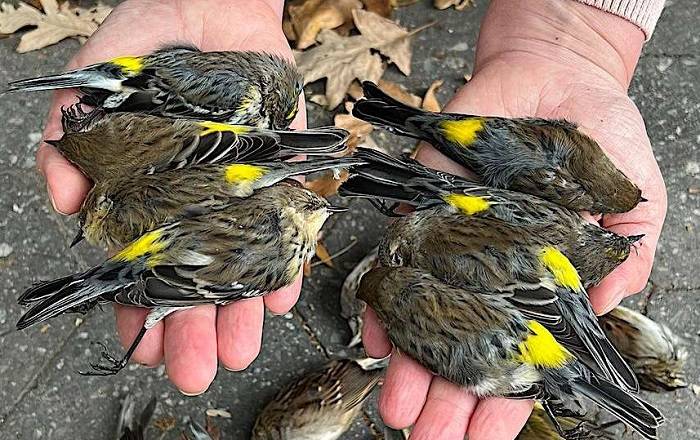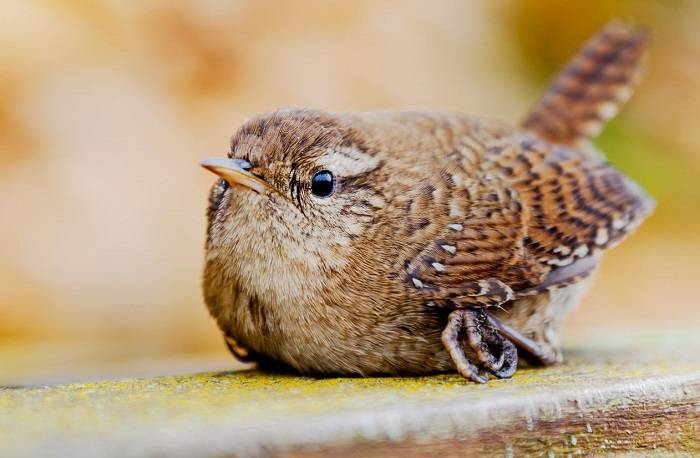Cats are beloved companions for many households, but their predatory instincts can pose a threat to wild bird populations. As natural hunters, cats are skilled at stalking and capturing birds, leading to significant declines in bird populations worldwide. However, there are effective strategies and measures that cat owners and bird enthusiasts can implement to mitigate the impact of predation on birds. In this comprehensive guide, we explore various methods to stop cats from killing birds, promoting harmonious coexistence between our feline friends and avian neighbors.
Understanding the Threat
Impact of Cat Predation:
Cat predation is recognized as one of the leading causes of bird mortality, particularly in urban and suburban areas where cats have easy access to outdoor environments. Studies have shown that free-roaming and feral cats can have devastating effects on bird populations, especially for ground-nesting species and fledglings.
Natural Instincts:
Cats are natural predators with highly developed hunting instincts honed over thousands of years of evolution. Their stealth, agility, and sharp claws make them formidable hunters capable of capturing birds with ease, posing a significant threat to vulnerable species and populations.
Responsible Cat Ownership
Keep Cats Indoors:
The most effective way to prevent cats from killing birds is to keep them indoors or provide supervised outdoor access using cat enclosures or “catios.” Indoor cats are less likely to encounter birds and other wildlife, reducing the risk of predation and minimizing their impact on local ecosystems.
Spay and Neuter:
Spaying and neutering cats not only helps control overpopulation but also reduces their urge to roam and hunt. By sterilizing cats, owners can prevent the birth of feral kittens and reduce the number of free-roaming cats that contribute to bird predation.
Environmental Modifications
Bird-Friendly Landscaping:
Create bird-friendly habitats in your yard by planting native vegetation, providing water sources such as bird baths or ponds, and installing bird feeders and nest boxes. By attracting birds to your yard, you can help divert their attention away from areas where cats may lurk.
Cat Deterrents:
Use cat deterrents such as motion-activated sprinklers, ultrasonic repellents, or scent-based deterrents to discourage cats from entering your property or approaching bird habitats. These non-lethal methods can help create a safe space for birds while minimizing confrontations with cats.
Cat Behavior Modification
Training and Enrichment:
Engage cats in interactive play sessions, provide environmental enrichment, and offer mental stimulation through puzzle feeders and toys. By satisfying their natural hunting instincts in controlled settings, you can redirect their predatory behavior away from birds and towards appropriate outlets.
Killing Birds
Positive Reinforcement:
Use positive reinforcement techniques such as clicker training and treats to reward desirable behavior, such as ignoring birds or responding to recall cues. By associating positive experiences with alternative behaviors, you can encourage cats to choose non-predatory activities.
Community Engagement
Educational Outreach:
Raise awareness about the impact of cat predation on bird populations through community workshops, presentations, and outreach programs. Provide resources and information on responsible cat ownership practices and encourage collaboration between cat owners and bird enthusiasts to address the issue collectively.
Collaborative Solutions:
Foster partnerships between local animal shelters, wildlife conservation organizations, and municipal authorities to develop community-based strategies for managing cat populations and protecting bird habitats. Implement TNR (trap-neuter-return) programs for feral cat colonies and promote responsible pet ownership initiatives.
Related Post:
Exploring the Grace and Vitality of the Marabou Stork
A Symphony of Beauty: Exploring the World of Beautiful Secretary Birds
A Symphony of Loyalty: Exploring Birds That Mate for Life
In conclusion, preventing cats from killing birds requires a multifaceted approach that addresses both individual pet ownership practices and broader community-based solutions. By promoting responsible cat ownership, implementing environmental modifications, modifying cat behavior, and fostering community engagement, we can mitigate the impact of cat predation on bird populations while promoting the welfare of both cats and birds. Through collaborative efforts and proactive measures, we can achieve a harmonious balance between conservation and the well-being of companion animals, ensuring a brighter future for both cats and birds alike.




